Mythreyi Velmurugan
Developing a Fidelity Evaluation Approach for Interpretable Machine Learning
Jun 16, 2021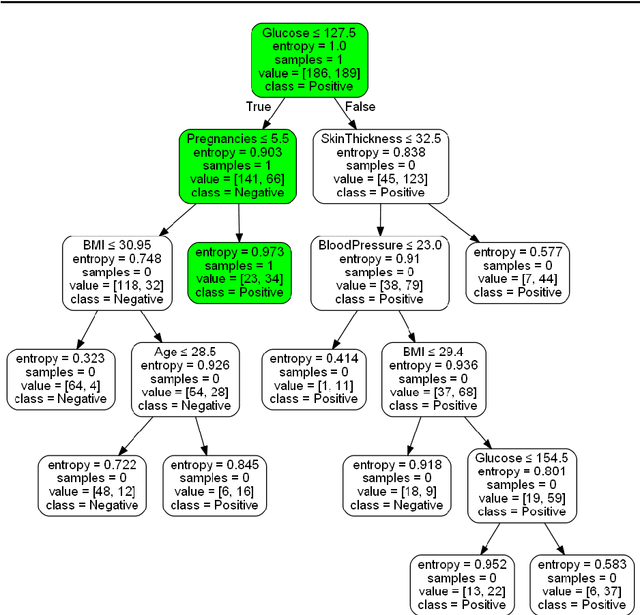

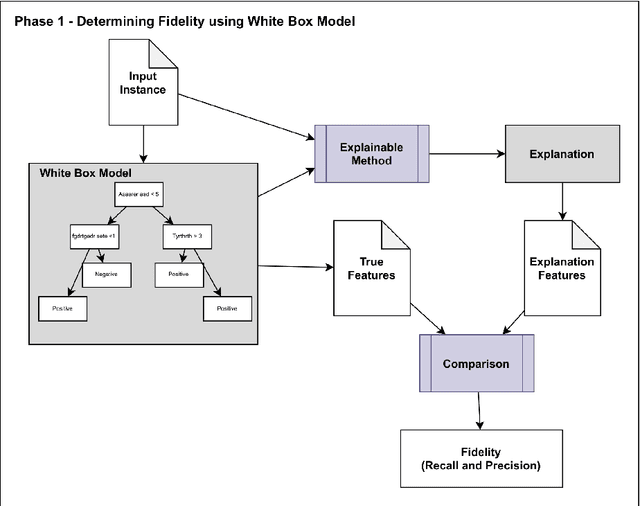

Abstract:Although modern machine learning and deep learning methods allow for complex and in-depth data analytics, the predictive models generated by these methods are often highly complex, and lack transparency. Explainable AI (XAI) methods are used to improve the interpretability of these complex models, and in doing so improve transparency. However, the inherent fitness of these explainable methods can be hard to evaluate. In particular, methods to evaluate the fidelity of the explanation to the underlying black box require further development, especially for tabular data. In this paper, we (a) propose a three phase approach to developing an evaluation method; (b) adapt an existing evaluation method primarily for image and text data to evaluate models trained on tabular data; and (c) evaluate two popular explainable methods using this evaluation method. Our evaluations suggest that the internal mechanism of the underlying predictive model, the internal mechanism of the explainable method used and model and data complexity all affect explanation fidelity. Given that explanation fidelity is so sensitive to context and tools and data used, we could not clearly identify any specific explainable method as being superior to another.
Evaluating Explainable Methods for Predictive Process Analytics: A Functionally-Grounded Approach
Dec 08, 2020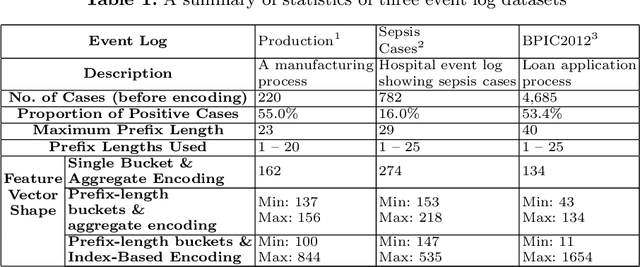

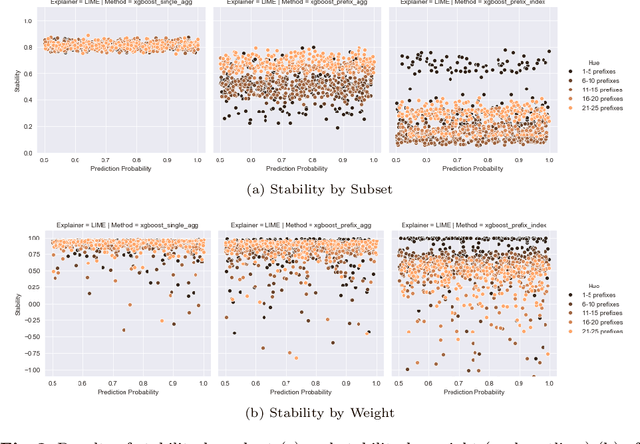
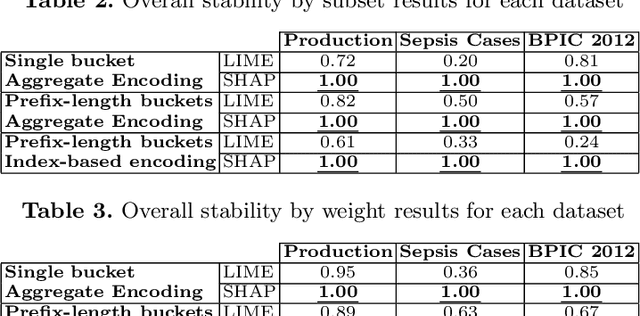
Abstract:Predictive process analytics focuses on predicting the future states of running instances of a business process. While advanced machine learning techniques have been used to increase accuracy of predictions, the resulting predictive models lack transparency. Current explainable machine learning methods, such as LIME and SHAP, can be used to interpret black box models. However, it is unclear how fit for purpose these methods are in explaining process predictive models. In this paper, we draw on evaluation measures used in the field of explainable AI and propose functionally-grounded evaluation metrics for assessing explainable methods in predictive process analytics. We apply the proposed metrics to evaluate the performance of LIME and SHAP in interpreting process predictive models built on XGBoost, which has been shown to be relatively accurate in process predictions. We conduct the evaluation using three open source, real-world event logs and analyse the evaluation results to derive insights. The research contributes to understanding the trustworthiness of explainable methods for predictive process analytics as a fundamental and key step towards human user-oriented evaluation.
An Interpretable Probabilistic Approach for Demystifying Black-box Predictive Models
Jul 21, 2020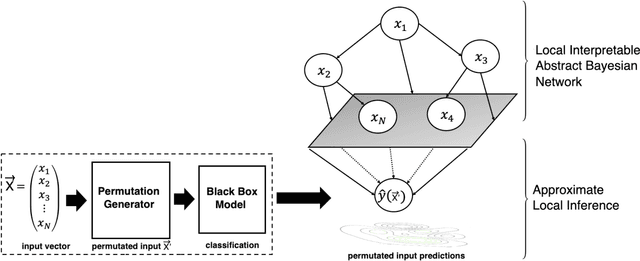


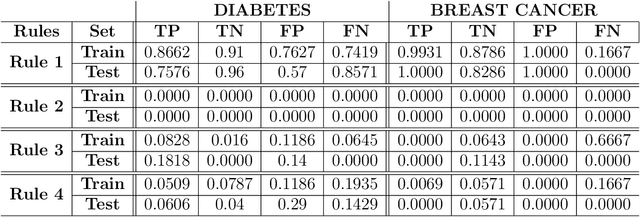
Abstract:The use of sophisticated machine learning models for critical decision making is faced with a challenge that these models are often applied as a "black-box". This has led to an increased interest in interpretable machine learning, where post hoc interpretation presents a useful mechanism for generating interpretations of complex learning models. In this paper, we propose a novel approach underpinned by an extended framework of Bayesian networks for generating post hoc interpretations of a black-box predictive model. The framework supports extracting a Bayesian network as an approximation of the black-box model for a specific prediction. Compared to the existing post hoc interpretation methods, the contribution of our approach is three-fold. Firstly, the extracted Bayesian network, as a probabilistic graphical model, can provide interpretations about not only what input features but also why these features contributed to a prediction. Secondly, for complex decision problems with many features, a Markov blanket can be generated from the extracted Bayesian network to provide interpretations with a focused view on those input features that directly contributed to a prediction. Thirdly, the extracted Bayesian network enables the identification of four different rules which can inform the decision-maker about the confidence level in a prediction, thus helping the decision-maker assess the reliability of predictions learned by a black-box model. We implemented the proposed approach, applied it in the context of two well-known public datasets and analysed the results, which are made available in an open-source repository.
 Add to Chrome
Add to Chrome Add to Firefox
Add to Firefox Add to Edge
Add to Edge